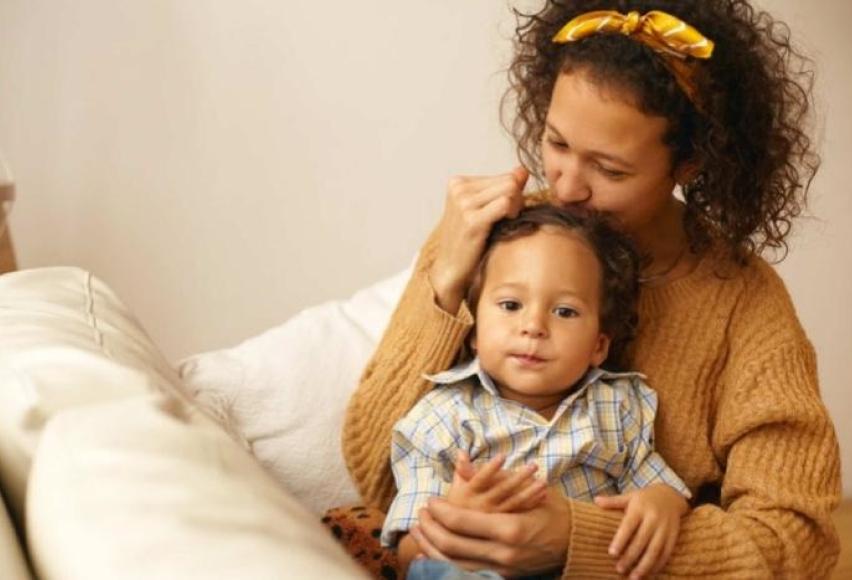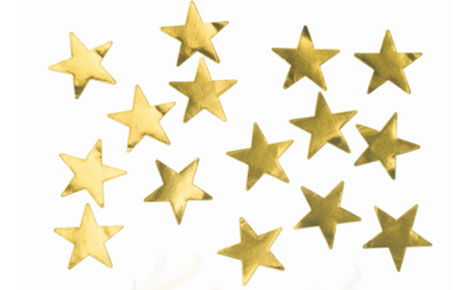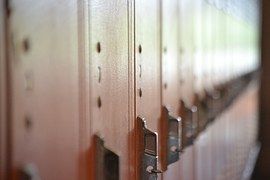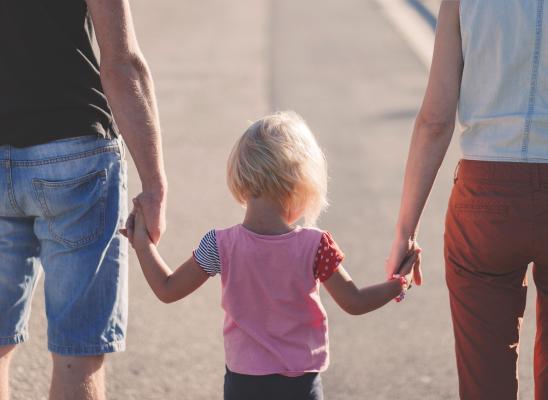How to stop pulling in children

Online test
Find out the severity of your symptoms with this free online test
You may have never heard of Trichotillomania before your own child started pulling out his or her hair. But the reality is that compulsive hair pulling affects thousands of children around the world. And contrary to popular belief, it is not just a bad habit. Watching your child pull out his or her own hair can be very painful and distressing for parents. So what can you do to help your child to overcome this disorder that can begin in children as young as nine months old and continue right into adulthood?
Understanding the behavior
Children who suffer from Trichotillomania exhibit different reasons for the same behaviour at different ages. Most often hair pulling starts as a fiddle technique to keep hands busy when children are bored or sleepy or engaging in a passive activity such as watching television. Some kids say that they notice a tinging or itching sensation in their scalp or skin which can only be relieved by pulling. This pulling in turn leads to a decrease in tension or anxiety and so the hair pulling habit is formed as a means of releasing stress. Before your child knows it, the urge to pull becomes embedded within them and quickly turns into a compulsion from which they cannot seem to escape.
Children of different ages react differently to stressful situations
0 – 2
As unlikely as it may seem that a baby may have an impulse control disorder like hair pulling, case studies have shown that trichotillomania in babies begins as a self-comforting habit that often accompanies thumb sucking when the infant is distressed or falling asleep. Initially your baby might start off merely twirling strands of hair between her fingers but it can progress to actual pulling. The best thing to do at this age is to interrupt the behaviour by removing your baby’s hand from her head and to substitute the hair with an alternate comfort such as a tag blanket or a fluffy soft toy. Babies mostly operate on an automatic level so it is possible that she may develop muscle memory for an alternate action.
2 – 5
Toddlers tend to express themselves much more vociferously than any other age groups. They try to exert control over their immediate environment and are easily frustrated when they are unable to communicate their needs and desires effectively, or if they do not understand their own emotions. It may be used when the child is anxious or upset but it is often also used in addition to kicking and screaming during a tantrum. Hair pulling can is often perceived as an attention seeking behavior and therefore parents think that ignoring the behavior lead to a reduction in the behavior. However, if the pulling provides calm, tension release or soothing from overwhlming emotions or sensory stimulation, ignoring the behavior will only lead to it becoming more entrenched. So what can you do? In this age group, reasoning is not effective as the young child lacks the abstract reasoning ability to internalise logical reasoning. The best strategy is to break the cycle of the behavior. The first most important thing to remember is not to punish or shame the child for behavior. Communicate with your child that you want to help him stop pulling and that you are a tea. The first step is to identify the triggerring situations and environments. Observe the pulling over a period of a week, keeping track of when and where and in which situations the child pulls. You can then either reduce your childs exposure to distressing stimuli, or you could provide alternate actions during times of pulling. Your young child can benefit immensely from fiddle and fidget toys to distract them from indulging in pulling out their hair as it keeps their hands busy. A hair net or cap to sleep in can help those who normally pull when tired or sleepy, as long as you provide another soothing object such as a wooly toy or object.

5 - 12
When school-aged children pull as a reaction to circumstances, parents should search for the underlying anxiety or stress that triggers the hair pulling habit. These kids find it hard to express their feelings and emotions verbally, which is when the puling begins. Children this age are also more secretive about their disorder and frequent questioning will not contribute to finding a solution to the problem. It is helpful but not essential for your child to acknowledge what he is doing and participate in efforts to stop. Your child may also have some helpful suggestions of his own. If the hair pulling is done as a repetitive ritualistic behaviour, then the management plan is to use behavioural therapy and medication. Competing response training where your child is taught to substitute another response for the pulling behaviour is an excellent means of weaning your child off hair pulling. You can encourage him to ball his fists or lock his arms when the urge to pull arises. You can also assist by putting on gloves for your child or wrapping his fingers in band aids so that even if he does pull, the sensation is not the same one he is craving, which will eventually lead to him stopping the behaviour. Fiddles and fidget toys can be employed to keep his hands busy and this age group also responds well to star charts based on a reward system where if he does not pull for specified periods of time, you will give him treat. This type of system will also help you and your child to monitor his progress. If you woud prefer to seek professional help, ensure that the person is experienced with this age group. A mental health Occupational Therapist with CBT training or sensory integration training is also a good option.
12 – 18
In this age group trichotillomania is more prevalent in girls than in boys, and also more noticeable as girls this age tend to have much longer hair than their male counterparts. Whilst hair pulling may start off unconsciously while your teen is engaging in a sedentary activity, some teens intentionally search for a particular irregularity of the hair in order to fix a perceived problem. As the problem intensifies, it has a negative impact on self-esteem as she notices scabs and bald patches. This is also a very emotional period in human development as the teen struggles with a developing self-identity, so treatment should be non-confrontational and inclusive so that the teen feels part of a team rather than being perceived as needing to be 'fixed'. Parents must keep the lines of communication open in order to understand what their teen perceives as the underlying problem. A professional therapist is usually the best guide for your teen but you can assist her by giving her substitute items that achieve the desired sensation and that can ease her anxiety. Rolling twine or yarn between her fingers or stimulating the fingertips with a nailbrush can help as it addresses the nervous systems need for the sensory input whilst removing the urge to pull. teenagers also respond very well to group therapy.
According to Abby Leora Rohrer, a sufferer of Trichotillomania for thirty years and now a therapist for OCD,
Ending trichotillomania is an inside job.
Online test
Find out the severity of your symptoms with this free online test
Start your journey with TrichStop
Take control of your life and find freedom from hair pulling through professional therapy and evidence-based behavioral techniques.
Start Now



